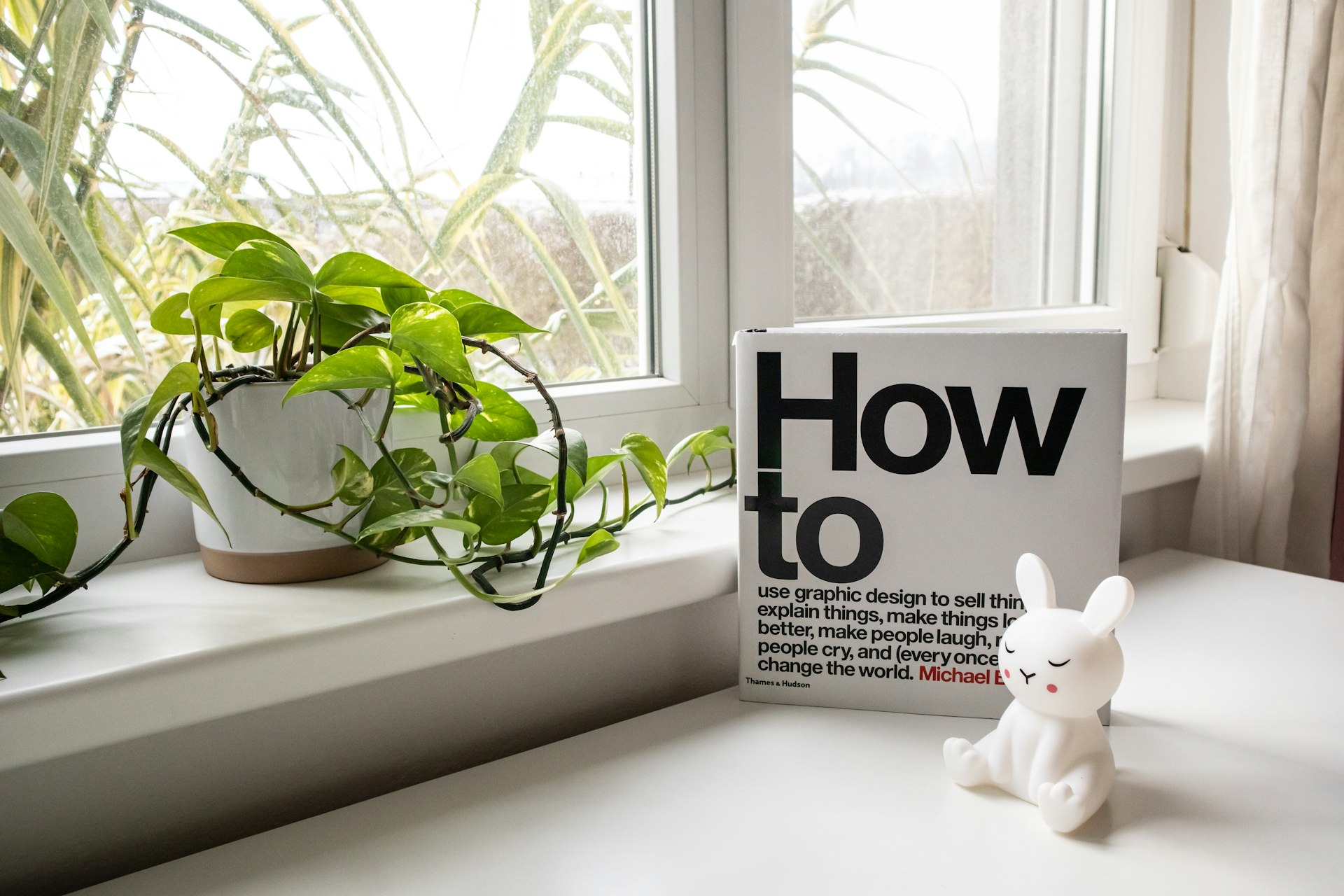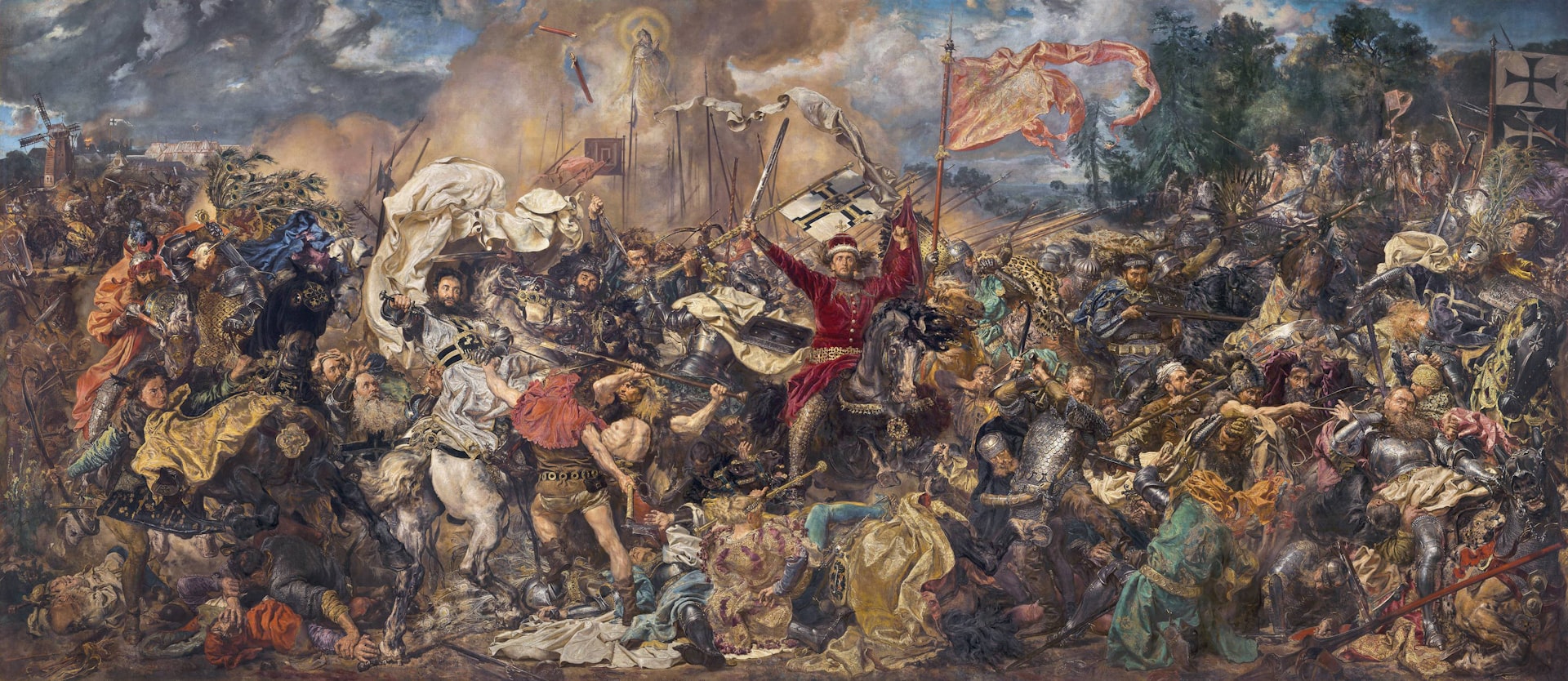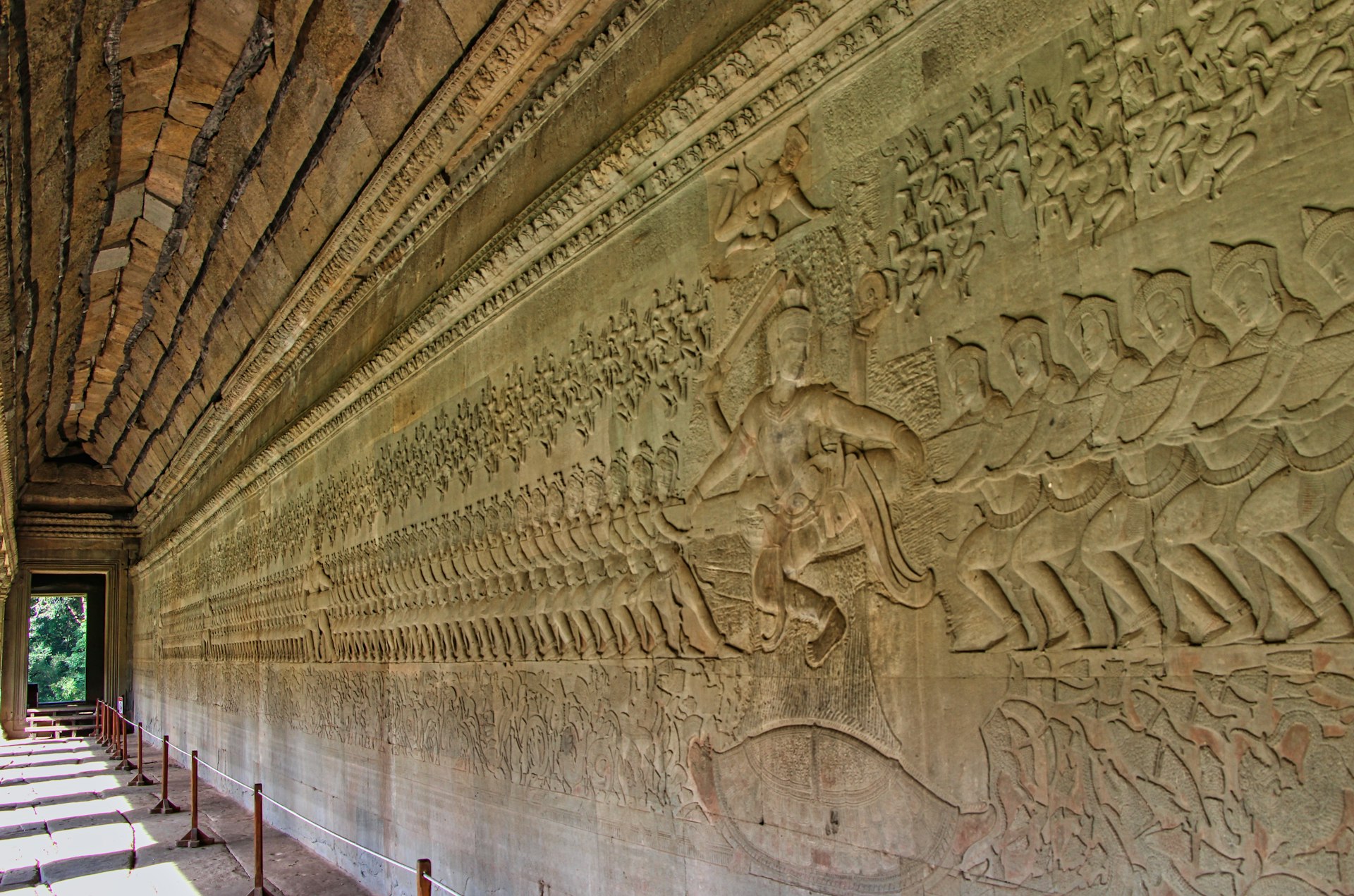Unveiling the Hidden History of Art in Wartime: Preservation, Loss, and Rediscovery

Photo by Valeria Kodra on Unsplash
Introduction: Art in the Shadows of War
Throughout history, conflict has shaped not only nations but also the fate of priceless works of art. Wartime upheaval often forced artists, collectors, and governments to hide, move, or even sacrifice cultural treasures to ensure their survival. The hidden history of art during wartime is both a tale of loss and resilience-a story that continues to inspire researchers, curators, and enthusiasts to seek out what was once concealed.
How Art Was Concealed and Protected
During World War II, the Nazi regime orchestrated the systematic looting of art across Europe, targeting both public institutions and private collections. To protect these works from Allied bombing raids and further theft, Nazis stored thousands of masterpieces in salt mines and caves, where humidity and temperature conditions were ideal for preservation. Notable caches included the copper mine outside Siegen, which housed paintings by Rembrandt, Van Gogh, and Rubens, and the Merkers salt mine, which contained millions in gold and art from German state museums [1] . These storage sites were discovered by Allied forces in 1945, revealing not only stolen art but regalia, historical banners, and even the remains of German rulers.
In other instances, those who sought to protect art from destruction or theft resorted to creative concealment. For example, one trove was found in a woodcutter’s hut near the Czechoslovakian border, with paintings hidden under floorboards in the attic [3] . Such stories highlight the extraordinary measures taken to safeguard cultural heritage in times of crisis.
The Monuments Men and Allied Recovery Efforts
After the Allied victory in Europe, specialized teams known as the Monuments Men undertook the daunting task of recovering and restituting looted art. They consolidated artworks from mines and castles into four central collecting points: Munich, Wiesbaden, Marburg, and Offenbach. Each facility played a unique role-Munich focused on foreign restitution and Bavarian museum collections, Wiesbaden handled German-owned art, and Offenbach specialized in Jewish manuscripts and archives [1] .
These efforts involved cataloging, photographing, and documenting each artifact for eventual return to rightful owners. Restitution was a complex process, often requiring years of research, negotiation, and international cooperation. Today, many museums and official archives maintain searchable databases and offer assistance to those seeking information about lost or recovered works. For guidance, you can contact major institutions like the U.S. National Archives or the German Lost Art Foundation and use search terms such as “Nazi-looted art” or “Monuments Men recovery.”

Photo by Gallen-Kallelan Museon on Unsplash
Artistic Expression During Wartime
Wartime not only led to the hiding and movement of art-it also inspired new forms of artistic expression. Many artists responded to conflict by documenting its impact or experimenting with new styles to convey its horrors. For instance, Francis Dodd, commissioned as a war artist in both World Wars, created works that juxtaposed everyday life with scenes of aerial combat. His paintings, such as “An Aerial Battle,” use subtle details to suggest the presence of war above tranquil landscapes [2] .
Other artists, like Paul Nash, employed surrealist techniques to capture the psychological effects of conflict. Nash’s “Follow the Führer Above the Clouds” series was intended as propaganda but was ultimately rejected for being too abstract for the public. Today, these works are valued for their powerful exploration of enemy threats and the surreal nature of modern warfare [2] .
The impact of wartime extends beyond traditional painting and sculpture. Contemporary artists have used the latest technologies, such as drones and stealth aircraft, as subjects to reflect on the paradoxes of creativity and destruction. Alison Wilding’s “Drone 9” and Peter Kalkhof’s “Stealth” are examples of how artists continue to interrogate the legacy of conflict in innovative ways [2] .
Research Strategies and Accessing Hidden Wartime Art History
If you are interested in researching the hidden history of art during wartime, several pathways and strategies are available:
- Contact Official Archives: Reach out to national archives, such as the U.S. National Archives or the Imperial War Museum, which hold extensive records on wartime art movements and recovery operations. Use specific search terms like “looted art restitution” or “wartime art protection.”
- Search Online Databases: Many museums and cultural organizations maintain searchable databases of lost, recovered, or restituted art. Examples include the German Lost Art Foundation and the Smithsonian Provenance Research Initiative. When using these platforms, ensure that you verify their official status and accessibility.
- Consult Academic Publications: Scholarly articles, books, and official reports provide in-depth analysis and case studies on particular incidents of art concealment and recovery. Use academic search engines or university libraries for up-to-date research.
- Engage with Cultural Organizations: Many nonprofits and foundations offer support for provenance research, restitution claims, and public education. You may find resources and guidance through organizations like the Commission for Looted Art in Europe or UNESCO’s cultural heritage programs.
For direct assistance with restitution or provenance research, it is recommended to contact the relevant museum’s registrar or provenance researcher. You can find contact information on the institution’s official website, typically under the “Research” or “Collections” sections.
Challenges and Solutions
Researching hidden art history during wartime presents significant challenges. Documentation may have been lost or destroyed; records can be incomplete; and legal or diplomatic barriers often complicate restitution. To address these challenges:
- Persistence in Research: Multiple avenues may need to be explored, including contacting different agencies, reviewing archival material, and consulting experts.
- Collaboration: Partnering with historians, legal experts, and cultural organizations can increase the likelihood of uncovering new information or facilitating restitution.
- Verification: Always ensure that sources, databases, and contacts are official and credible before trusting their information or submitting claims.
Alternative Approaches to Discovering Wartime Art Histories
Beyond traditional research, alternative methods can enrich your understanding of hidden wartime art histories:
- Oral Histories: Interviews with descendants, veterans, or eyewitnesses may provide clues not found in official records.
- Community Initiatives: Local historical societies or museums often have unique archives and exhibitions relating to regional art history during wartime.
- Digital Humanities Projects: Increasingly, collaborative online platforms crowdsource information and facilitate digital preservation of lost or endangered works.
Key Takeaways
The hidden history of art during wartime is a complex intersection of loss, preservation, and creativity. By employing a variety of research strategies and collaborating with official institutions, you can uncover stories that have shaped cultural heritage and continue to inspire new generations. If you seek to learn more, begin by contacting major archives or museums, and use specific, verified search terms to guide your investigation.



